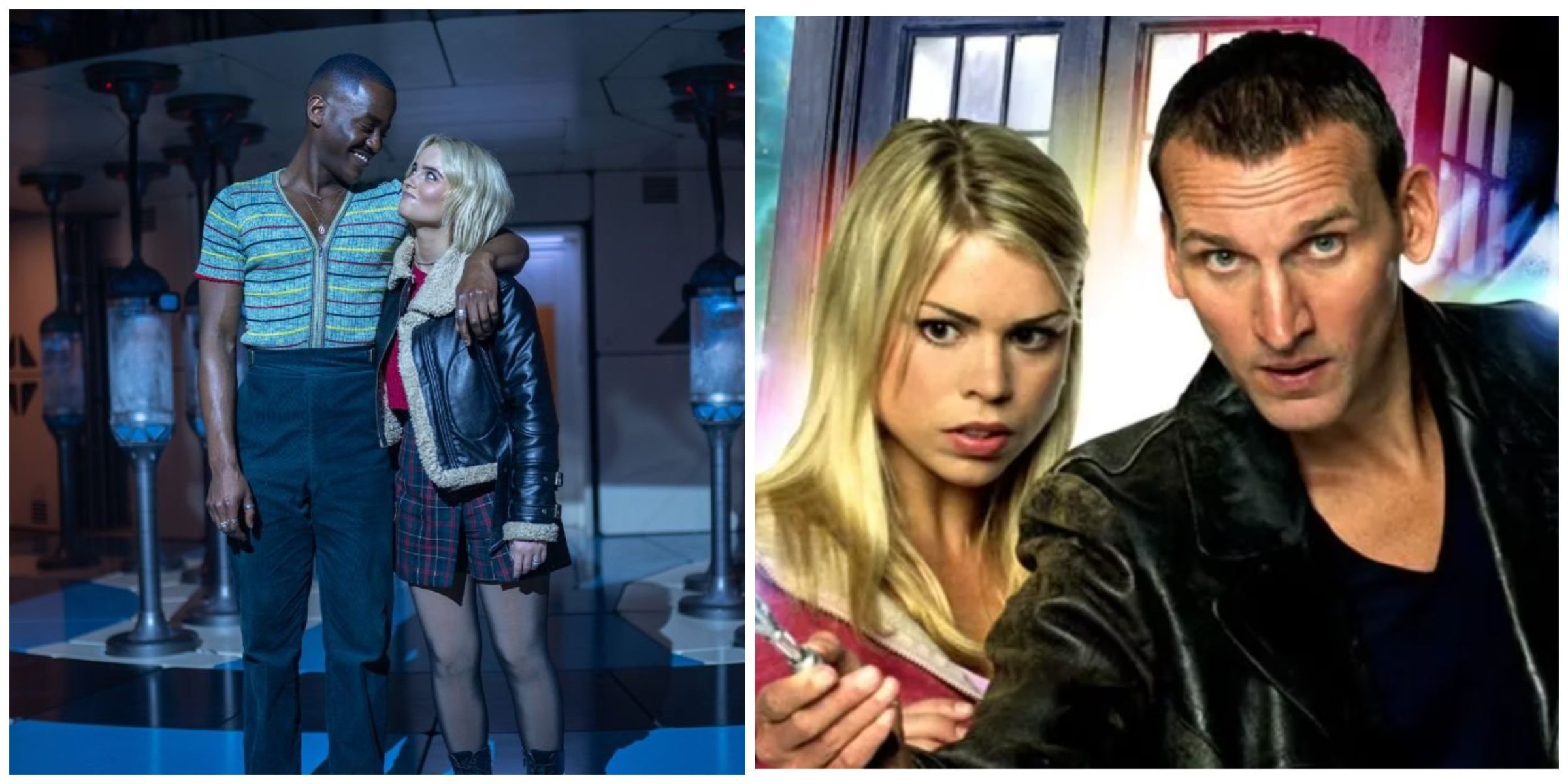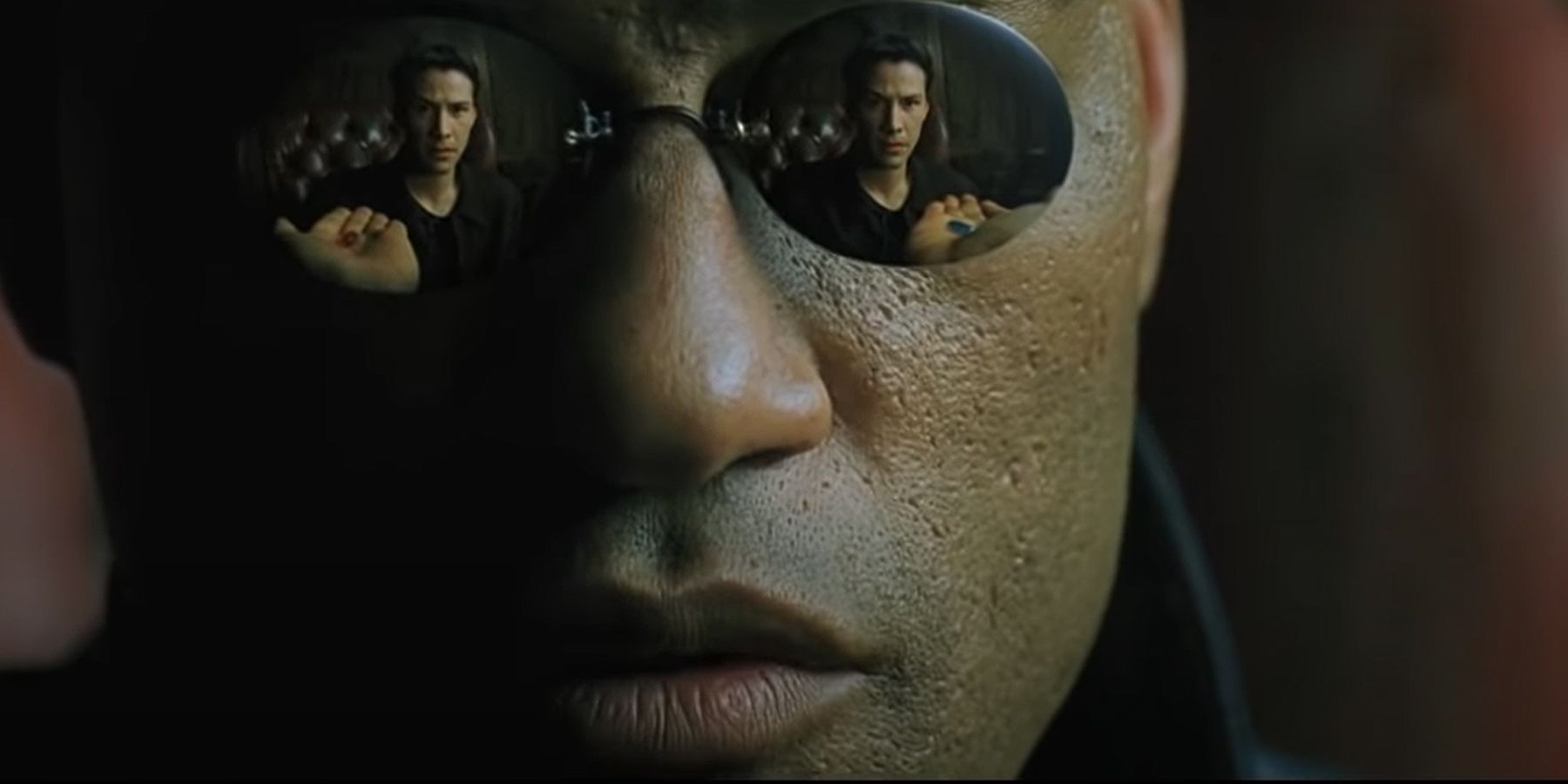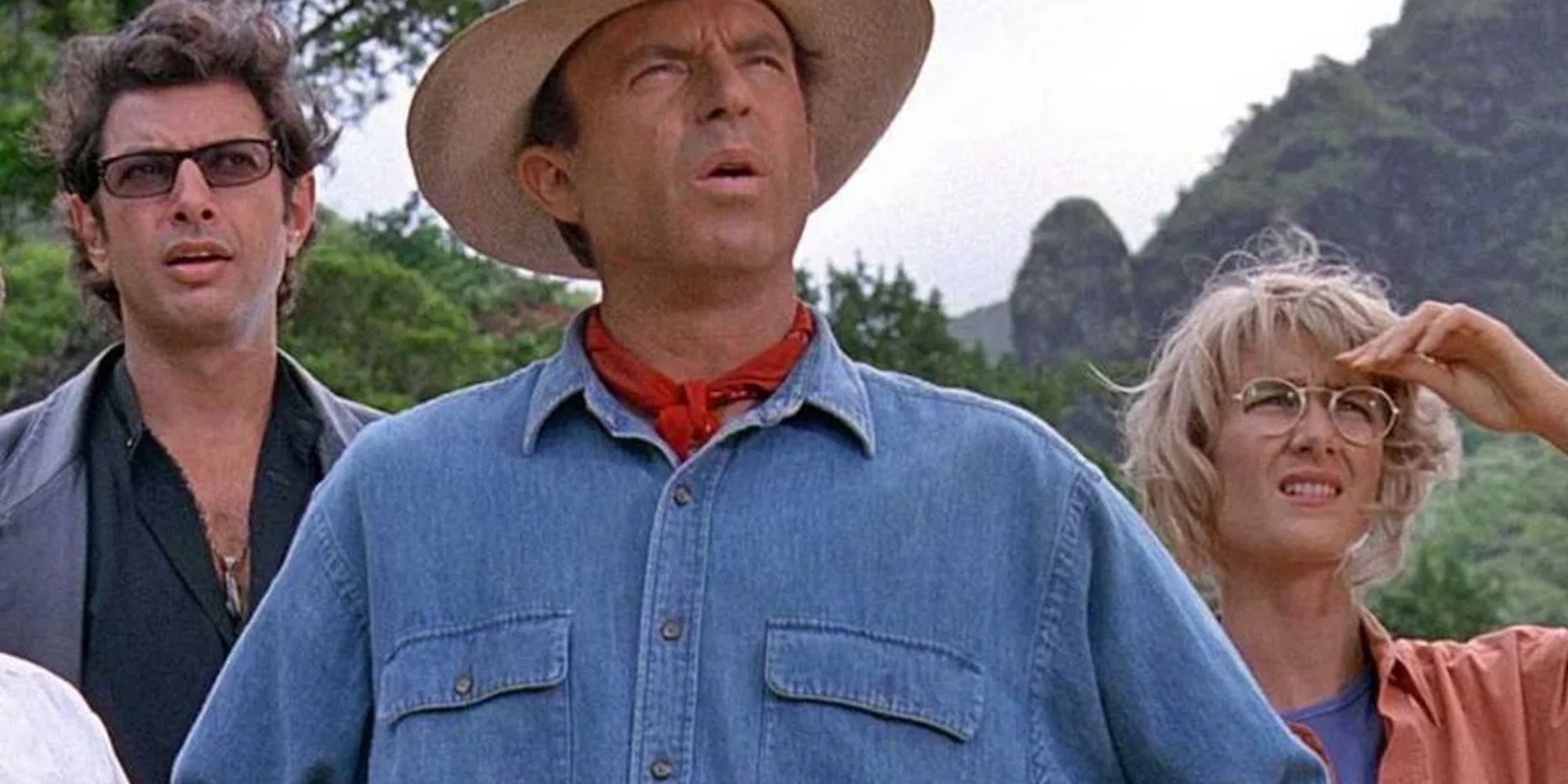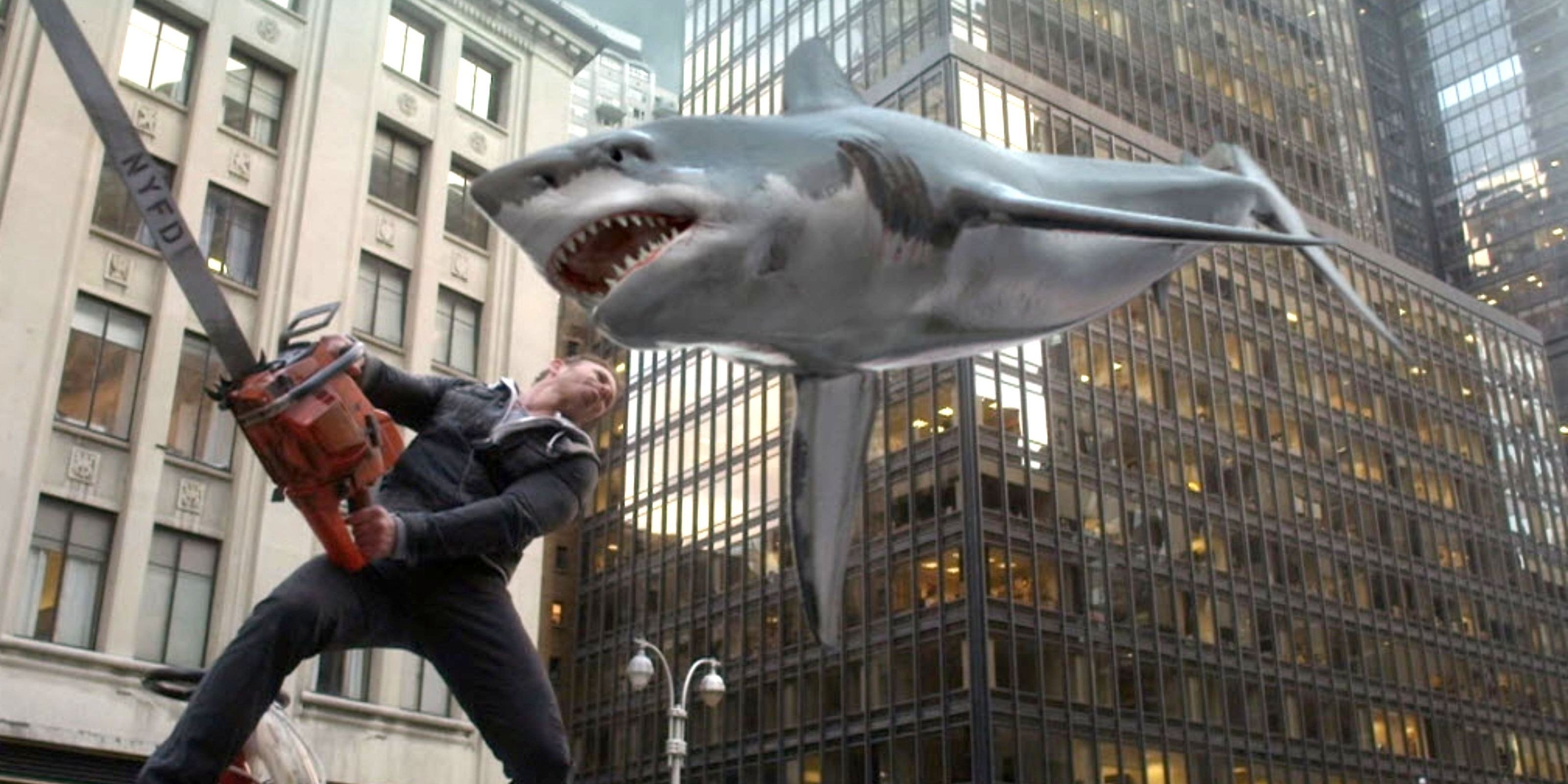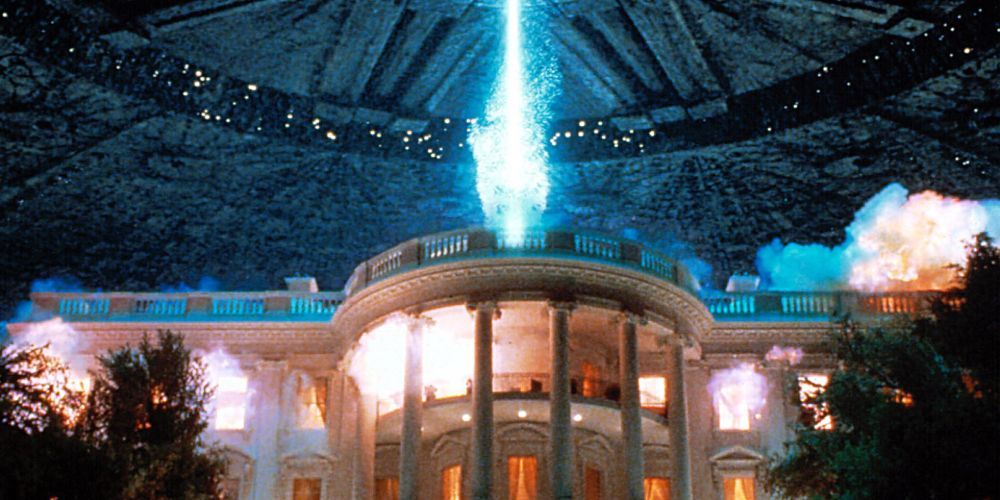How do the terms we use to describe art develop? Many fans get their terminology from their favorite critics and commentators. They hear a reviewer refer to a director as an auteur, an object as a McGuffin, or an edit as a smash cut and carry those words with them whether they understand them or not. The term "high concept" is frequently misused but can be succinctly summed up.
One of the most intriguing elements of science fiction is its endless modularity. Try to imagine how many stories have evolved from a single idea. Cloning, robots, genetic engineering, and alien invasions have all spawned more work than one could experience in a lifetime. The author will need a strong elevator pitch to make a new example stand out.
What does High Concept mean?
A high concept is a concise, accurate summary of the core narrative of a piece of art. A high-concept piece of art, then, is a story that can be smoothly and adequately summed up in only a sentence or two. If a viewer could wrap the draw of a film up into a single idea, it's probably a high-concept feature. These elevator pitches can take many forms. One easy format is to raise the name of another popular project, then add what sets it apart. If a film borrows much of its plot from Die Hard but takes place in space, then "Die Hard, but in space" would be its high-concept pitch. It could also be based on the lead characters, bringing together parties who wouldn't typically work together. The classic high-concept logline is a "what if" question. "What if zombies attacked?", "What if aliens invaded?" or "What if humanity created sentient robots?" are common examples. As a descriptor, high-concept implies only that the central concept is its most immediate draw.
The inverse of the high concept is the low concept. Low-concept projects cannot be easily summed up without losing most of what makes the work valuable. Most low-concept films prioritize interpersonal elements like character development and relationship dynamics or striking technical details like masterful cinematography. High-concept films sell themselves on an attractive premise, while low-concept movies must rely on other virtues to captivate an audience. Most examples of low-concept cinema are slice-of-life comedies or family dramas. In the science fiction genre, most low-concept projects feature tropes while focusing on the interior lives of people living in the story's future. Eternal Sunshine of the Spotless Mind starts with a high-concept premise (a procedure that can erase memories) but spends its runtime exploring the dense details of the lead characters' heartbreak.
What are some examples of High-Concept films?
High concepts are often misunderstood. The term doesn't mean a work is highbrow, reliant on spectacle, or even particularly good. It only implies that the film has a strong central premise behind it. Jurassic Park is a great example. It asks, "What if humanity cloned dinosaurs?" and spends its runtime answering that question. The pitch isn't all the film has to offer, but it's the main draw. More extreme samples offer their premise in their title. Snakes on a Plane, Cocaine Bear, and Sharknado are all films that depict exactly what their titles imply. Movies like Die Hard and Alien are frequently used as stepping stones for other high-concept pitches. Air Force One is Die Hard on a plane. Underwater is Alien at the bottom of the ocean, and so on.
Are High-Concept films successful?
High-concept films are thought to be much easier to sell than more nuanced features. A marketable pitch is a promise that can easily be kept. Low-concept films will have a much more difficult time demonstrating their virtues without positive word of mouth or good reviews. High-concept films are also more conducive to merchandise. Jaws, Independence Day, and Jurassic Park were all the highest-grossing films of their release year. Other examples were less successful. Snakes on a Plane was considered a box-office disappointment, despite its perfectly efficient title. After the release of Sharknado in 2013, countless unknown straight-to-TV films attempted to use the same "story in the title" gimmick with limited success. A high concept doesn't guarantee any outcome, but it does provide an easy avenue for advertising, word-of-mouth, and merchandising.
High-concept science fiction is built on simple, engaging elevator pitches that catch the audience's eye. There's nothing inherently good or bad about the idea. When a critic or commentator calls something high-concept, know that all they mean to imply is that the project will be easy to sum up. Any film can have an elevator pitch. If that pitch captures almost everything about the movie, it's a great example of high-concept cinema. Try coming up with a two-sentence summary for any film or TV show to see how easy it can be. High concepts will always be popular, even if they could be attached to just about anything.

